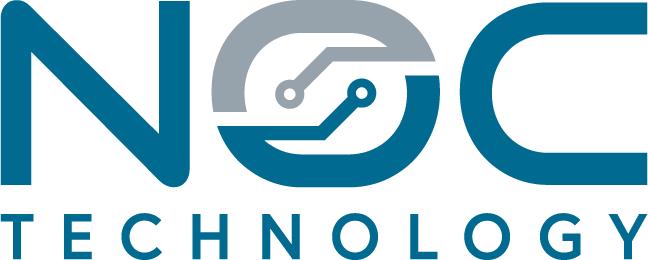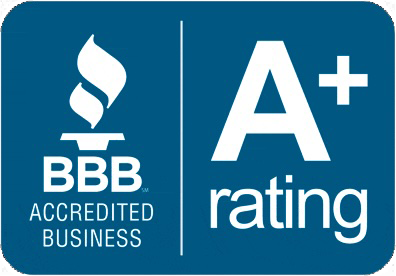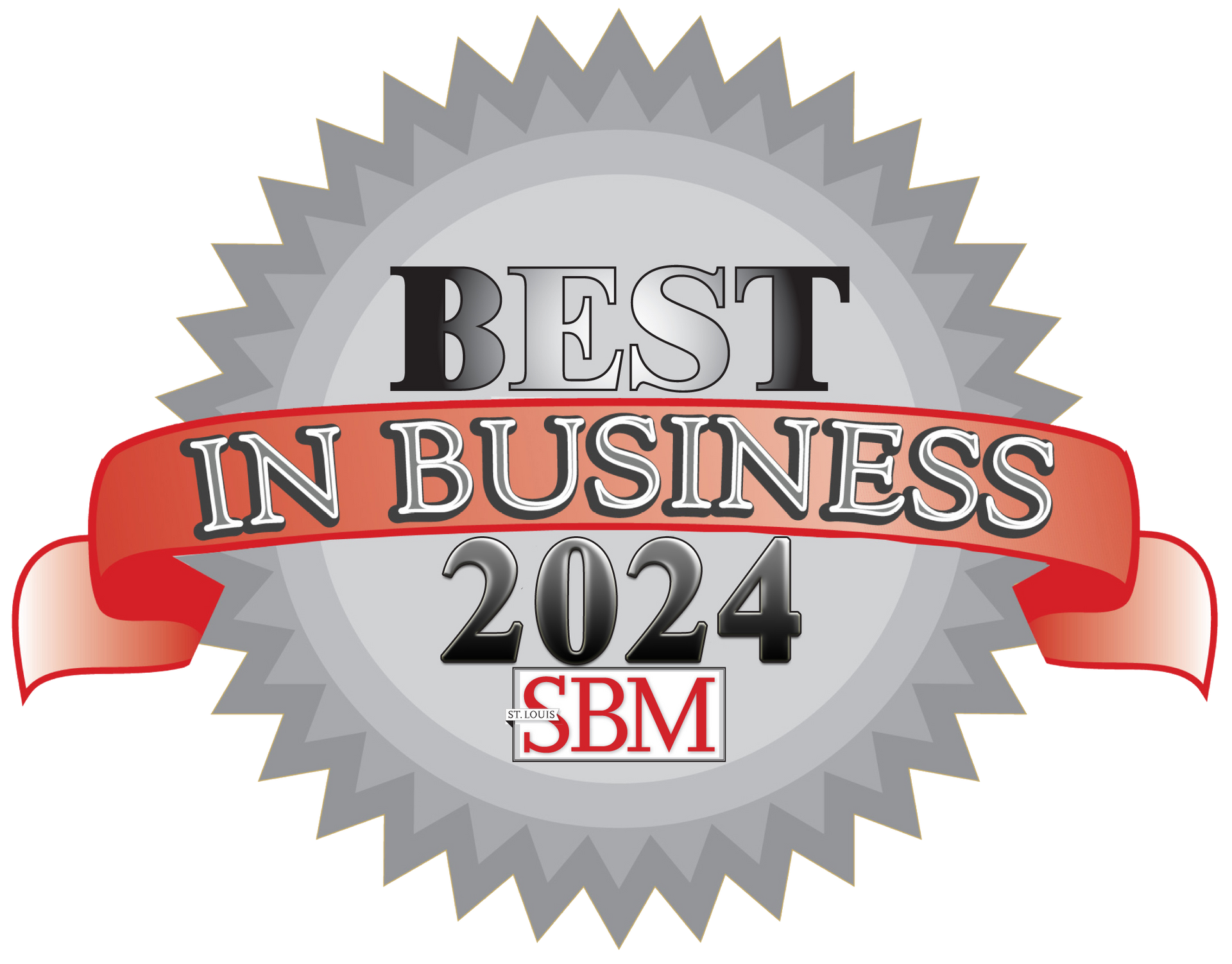How a vCIO Helps Your Business
by Ted Stahl | NOC Technology
Managing Technology in today’s business environment is increasingly challenging. Technology is essential to every business and the stakes are high when investing in your network. It can be difficult to understand what technology is best aligned with your business and what is the most cost-efficient investment strategy. The results can dramatically impact your business for better or worse. This is where a vCIO can help small and mid-sized businesses.
Consider the challenge of simply deciding what customer relationship management (CRM) software to purchase. There are a lot of products with a range of prices and features. It can be hard to evaluate the value of one from the other. Many questions will need to be answered. Do you want to host it in a cloud or on-premises. Can it be customized to your business’s needs? Can you access it from anywhere? Will it integrate with software used in other departments?
New technology often requires staff training. This means the investment risks are not simply the direct costs, it is loss of productivity during a training and transition period. Imagine the cumulative loss of time, resources, and productivity to your business if you choose to implement a technology solution that proves to be inadequate, incompatible, or insecure.
A quality vCIO can provide your business with an influx of business intelligence valuable to every department in your company. They can complement your CFO by providing IT asset management, budget, and investment guidance. They can support your COO by providing solution guidance that best serves your business operations. They can improve your sales and customer service teams by providing them with the tools and training they need to better communicate with customers and manage their data. All businesses depend on an IT infrastructure to operate. A vCIO is the Engineer that builds and manages the necessary infrastructure.
Here are four key qualities to look for in a vCIO
Advanced knowledge of current technology trends.
Technology continually advances and cybercrime continually evolves. A good vCIO will continue to learn and provide their staff with continued education opportunities. The generally accepted processes and solutions from three years ago may not be the same today.
A Plan to align an IT strategy to your business operations
A Quality vCIO will understand your business workflow and design a secure, easy-to-use, easy-to-access, process-efficient network. The technology should integrate into your operations and meet your needs. You should not take extra steps to meet the technology’s needs.
Efficient project planning and management
A good vCIO will proactively plan for your future projects. This means they will identify needs and present solutions to you far in advance allowing you time to review the proposal and budget accordingly.
Communication and Partnership Skills
A vCIO should consult you in the best interests of your business. This means they will be an extension of your leadership. They should be providing firm guidance to keep your network secure and up to date while also being flexible and adapting to your business priorities.




